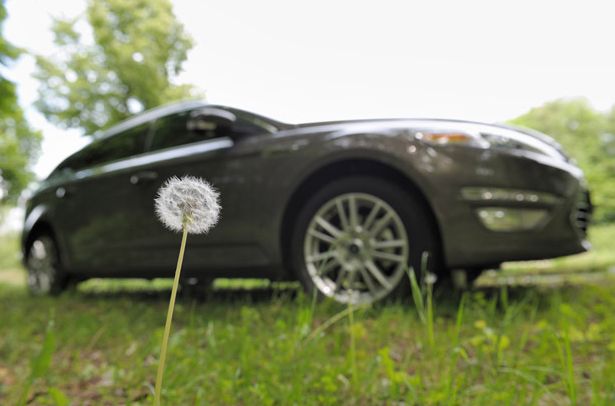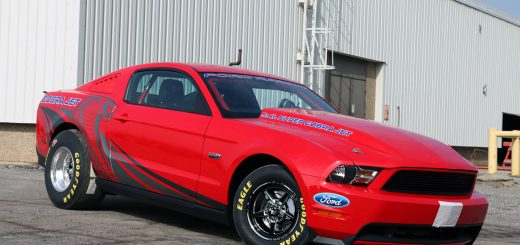Anyone who does any type of lawn care knows about weeds, and how pointless they are. But Ford is putting a specific type of dandelion to good use.
The Blue Oval has teamed up with The Ohio State University to create new rubber and plastic compounds from the Russian dandelion, otherwise known as Taraxacum kok-saghyz (TKS) to all the botanists out there. Now before this is put into any vehicles, Ford needs to be sure the rubber and plastic produced from the weed is up to their standards. If the rubber and plastic are given the go-ahead, they could be used in floor mats, cupholders and interior trim pieces.
[expand]Weed ‘Em and Reap: Ford, Ohio State Look to Put Dandelion Roots to Use in Cupholders, Floor Mats and Interior Trim
Ford is looking at dandelions in a new way by researching their potential use as a sustainable resource for rubber
– Ford and The Ohio State University are looking at dandelions in a new way by researching their potential use as a sustainable resource for rubber
– A milky-white substance that seeps from dandelion roots is used to produce the sustainable rubber. The substance could potentially find its way into plastic parts in Ford vehicles, including cupholders, floor mats and interior trim
– Potential use of dandelion root as a rubber substitute is another example of Ford’s investment in sustainable materials for its vehicles including soy foam seat cushions, wheat straw-filled plastic for interior trim and recycled cotton from blue jeans as sound-dampening material
Dearborn, Mich., May 10, 2011 – When homeowners see dandelions sprouting, they start thinking of ways to get rid of the weed, but researchers at Ford and The Ohio State University see a plant that can serve as a new sustainable resource for rubber.
“We’re always looking for new sustainable materials to use in our vehicles that have a smaller carbon footprint to produce and can be grown locally,” said Angela Harris, Ford research engineer. “Synthetic rubber is not a sustainable resource, so we want to minimise its use in our vehicles when possible. Dandelions have the potential to serve as a great natural alternative to synthetic rubber in our products.”
Not all dandelions are created equal, meaning not all can be used as a sustainable resource for rubber. The suitable species for this project is the Russian dandelion, Taraxacum kok-saghyz (TKS), which is being grown at The Ohio State University’s Ohio Agricultural Research and Development Center (OARDC). A milky-white substance that seeps from the roots of this species of dandelion is used to produce the rubber.
“Managing weed problems is essential to developing TKS as a commercially viable domestic source of natural rubber in the U.S.,” said Bill Ravlin, associate director of OARDC.
Ford could potentially use the substance as a plastics modifier, to help improve the impact strength of plastics. The material might then be used in places such as cupholders, floor mats and interior trim.
“It’s strange to see weeds being grown in perfectly manicured rows in a greenhouse, but these dandelions could be the next sustainable material in our vehicles,” said Harris.
Before the dandelion-derived rubber can be put to use, Ford researchers will assess the initial quality of the material to evaluate how it will perform in a variety of plastics that are used in vehicles and to ensure it meets durability standards.
Besides the dandelion, the team also is looking into the use of guayule (a southwestern U.S. shrub) as a natural rubber, which is provided by OARDC and can also be grown domestically.
Eco-friendly solutions
Ford’s “Reduce, reuse and recycle” commitment is part of the company’s broader global sustainability strategy to reduce its environmental footprint while at the same time accelerating the development of advanced, fuel-efficient vehicle technologies around the world.
Over the past several years Ford has concentrated on increasing the use of nonmetal recycled and bio-based materials whenever possible, provided these materials are environmentally favorable in the specific application. Examples include soy foam seat cushions, wheat straw-filled plastic, recycled resins for underbody systems, recycled yarns on seat covers and natural-fiber plastic for interior components.
[/expand]













No Comments yet